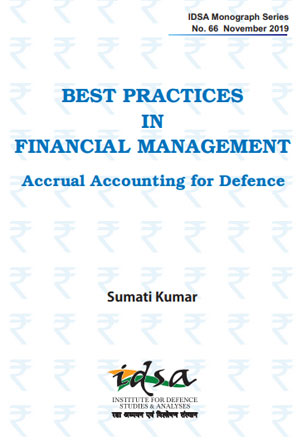Rising Cost of the Global War on Terror
The Global War on Terror (GWOT), now into its sixth year, has become one of the most expensive wars in American history. GWOT covers three military operations: Operation Enduring Freedom (OEF), which broadly covers Afghanistan but ranges from the Philippines to Djibouti; Operation Noble Eagle (ONE), which is meant to provide better security for US military bases and enhanced homeland security; and Operation Iraqi Freedom (OIF) which began with the build-up of troops for the 2003 invasion of Iraq. The cost of these operations has phenomenally increased over the years.
- Laxman Kumar Behera
- January 01, 2008









